CMS III Random Details that my brain does not want to absorb
1/46
There's no tags or description
Looks like no tags are added yet.
Name | Mastery | Learn | Test | Matching | Spaced |
|---|
No study sessions yet.
47 Terms
d. Renin
(occurs in the LIVER)
Converts angiotensinogen to angiotensin I
a. Aldosterone
b. Calcitriol
c. Erythropoietin
d. Renin
d. Albumin
#1 intravascular volume expander in our body
a. Dextran
b. Dextrose
c. Packed RBCs
d. Albumin
a. 1
GFR >90.. what stage CKD?
a. 1
b. 2
c. 3
d. 4
e. 5
b. 2
GFR 60-89.. what stage CKD?
a. 1
b. 2
c. 3
d. 4
e. 5
c. 3
GFR 30-59.. what stage CKD?
a. 1
b. 2
c. 3
d. 4
e. 5
d. 4
GFR 15-29.. what stage CKD?
a. 1
b. 2
c. 3
d. 4
e. 5
e. 5
GFR <15 or dialysis.. what stage CKD?
a. 1
b. 2
c. 3
d. 4
e. 5
c. Medullary collecting duct
Where does ADH work?
a. PCT
b. DCT
c. Medullary collecting duct
d. Cortical collecting duct
a. PCT
Reabsorption of Na, bicarb, glucose, & urea
a. PCT
b. DCT
c. Medullary collecting duct
d. Cortical collecting duct
b. DCT
Reabsorption of Na, Cl, Ca
a. PCT
b. DCT
c. Medullary collecting duct
d. Cortical collecting duct
c. Ascending LOH
(LOH = loop of henle)
Exchange of Na, Cl, & water occurs here
a. PCT
b. DCT
c. Ascending LOH
d. Descending LOH
c. Collecting ducts
Where is water reabsorbed
a. PCT
b. DCT
c. Collecting ducts
d. LOH
c. Vicryl rapide
Suture for dental procedures
a. Coated Vicryl
b. Vicryl + antibacterial
c. Vicryl rapide
d. Prolene (Polypropylene)
d. Prolene (Polypropylene)
Suture for fascial closure in someone with a previous hernia
a. Coated Vicryl
b. Vicryl + antibacterial
c. Vicryl rapide
d. Prolene (Polypropylene)
b. 30 mL/hr
(if TRAUMA pt --> 50 mL/hr... & don't add sugar to maintenance fluids for trauma pts)
Min urine output for an adult on maintenance IV fluids
a. 20 mL/hr
b. 30 mL/hr
c. 40 mL/hr
d. 50 mL/hr
d. Pfannenstiel
(closed with running stitch)
Incision used for c-sections
a. McEvedy
b. Lanz
c. Midline
d. Pfannenstiel

b. Stage II
(excitement stage)
swinging arms & kicking after anesthesia
a. Stage I
b. Stage II
c. Stage III
d. Stage IV
b. #11
Scalpel for I&D of abscess
a. #10
b. #11
c. #13
d. #15
d. #15
Scalpel for excision of skin lesions
a. #10
b. #11
c. #13
d. #15
a. #10
Scalpel for large incisions (i.e. opening the abd or chest)
a. #10
b. #11
c. #13
d. #15
c. Mosquito
Clamps is used for small bleeders
a. Kelly
b. Crile
c. Mosquito
d. Towel
c. Harmonic scalpel
(does not cause thermal spread of energy, not as likely to burn surrounding tissue)
Uses ultrasonic vibration
a. Lasers
b. LigaSure
c. Harmonic scalpel
d. Enseal
d. 3-0 or 4-0 absorbable sutures (Dexon or Vicryl)
Sutures used to approximate deep tissues
a. 3-0 nylon or polypropylene
b. 4-0 or 5-0 nylon or polypropylene
c. 5-0 or 6-0 nylon or polypropylene
d. 3-0 or 4-0 absorbable sutures (Dexon or Vicryl)
jacknife
What position is this
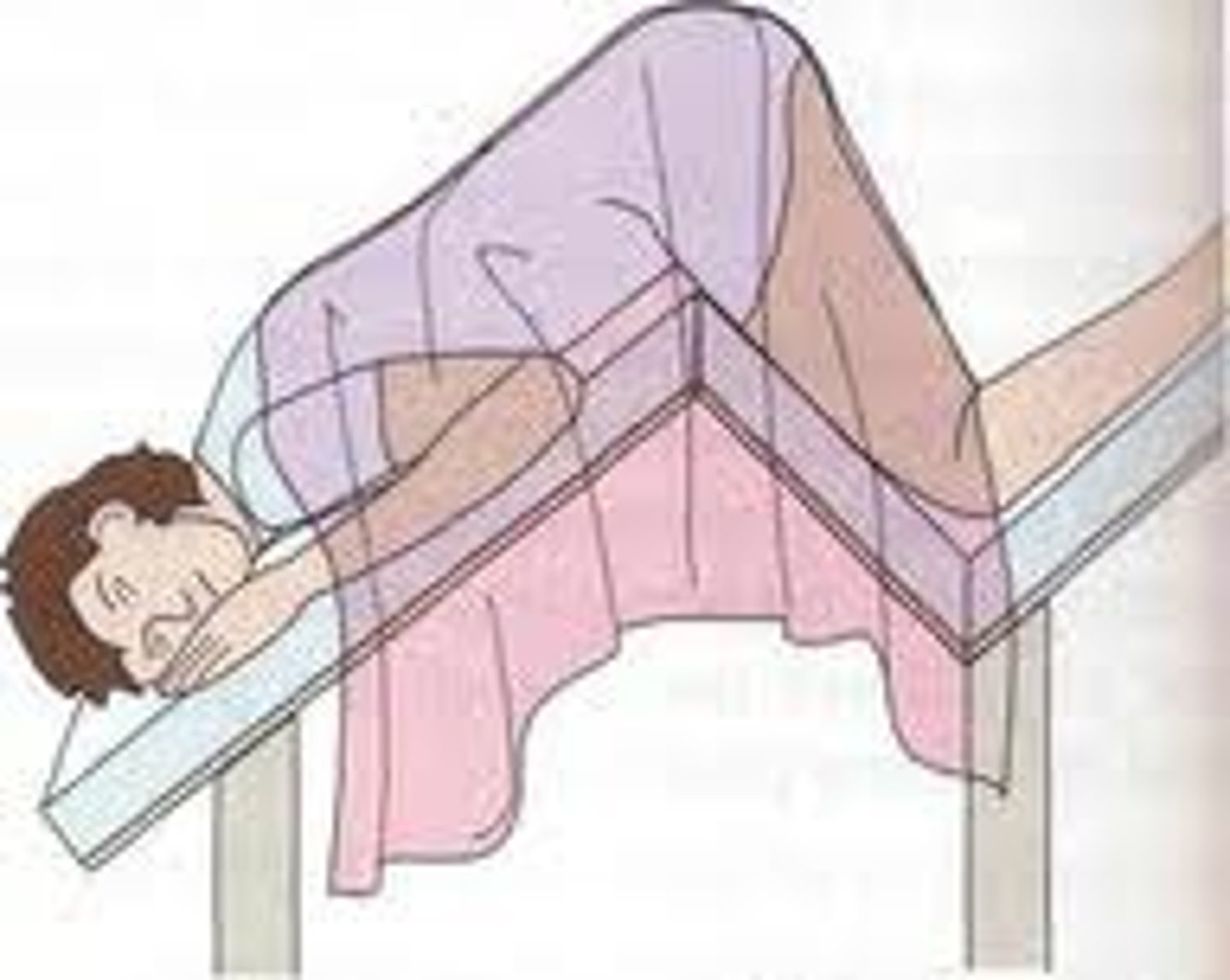
sim's
What position is this

lateral chest
What position is this
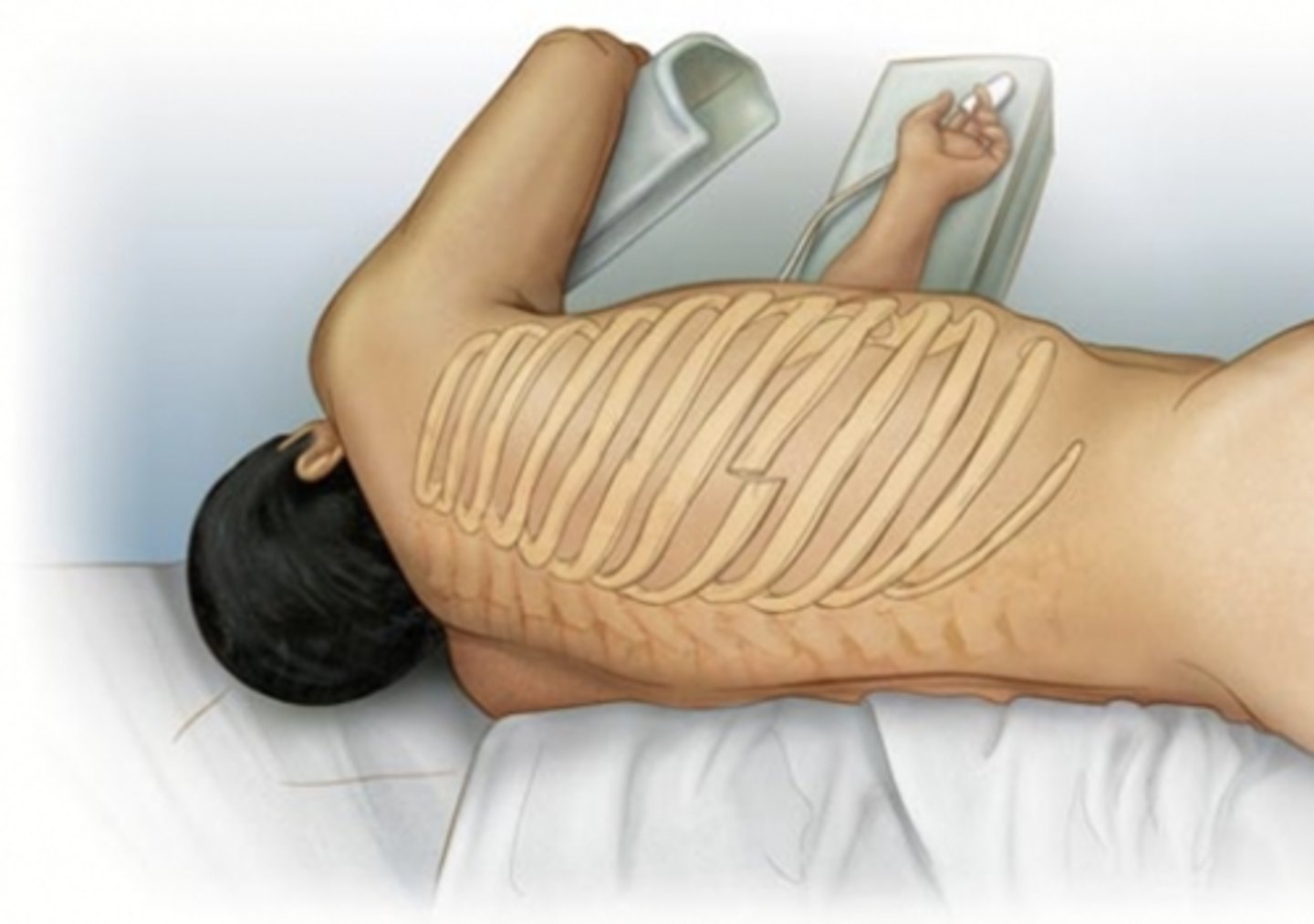
lateral kidney
What position is this
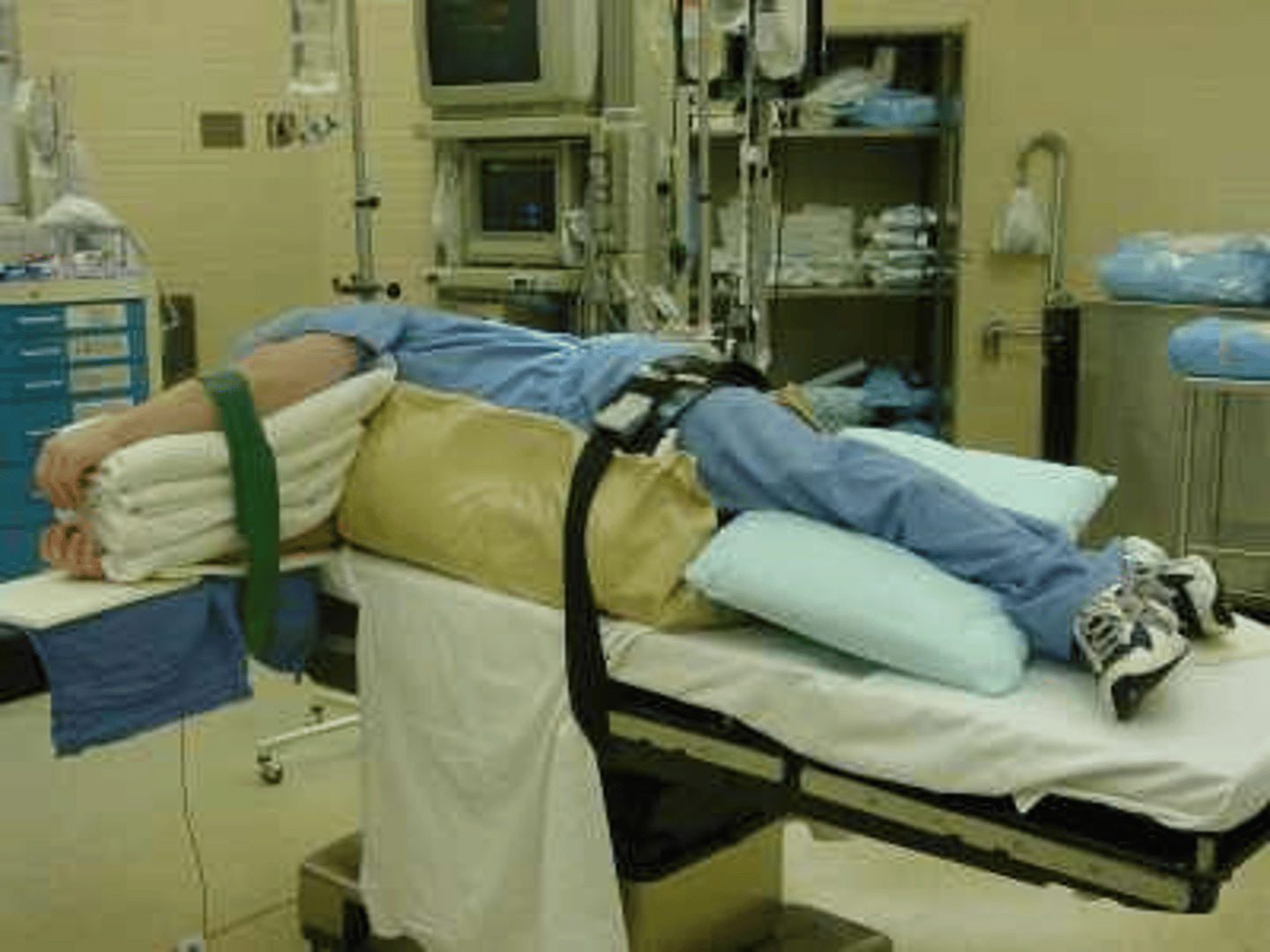
dorsal lithotomy
What position is this
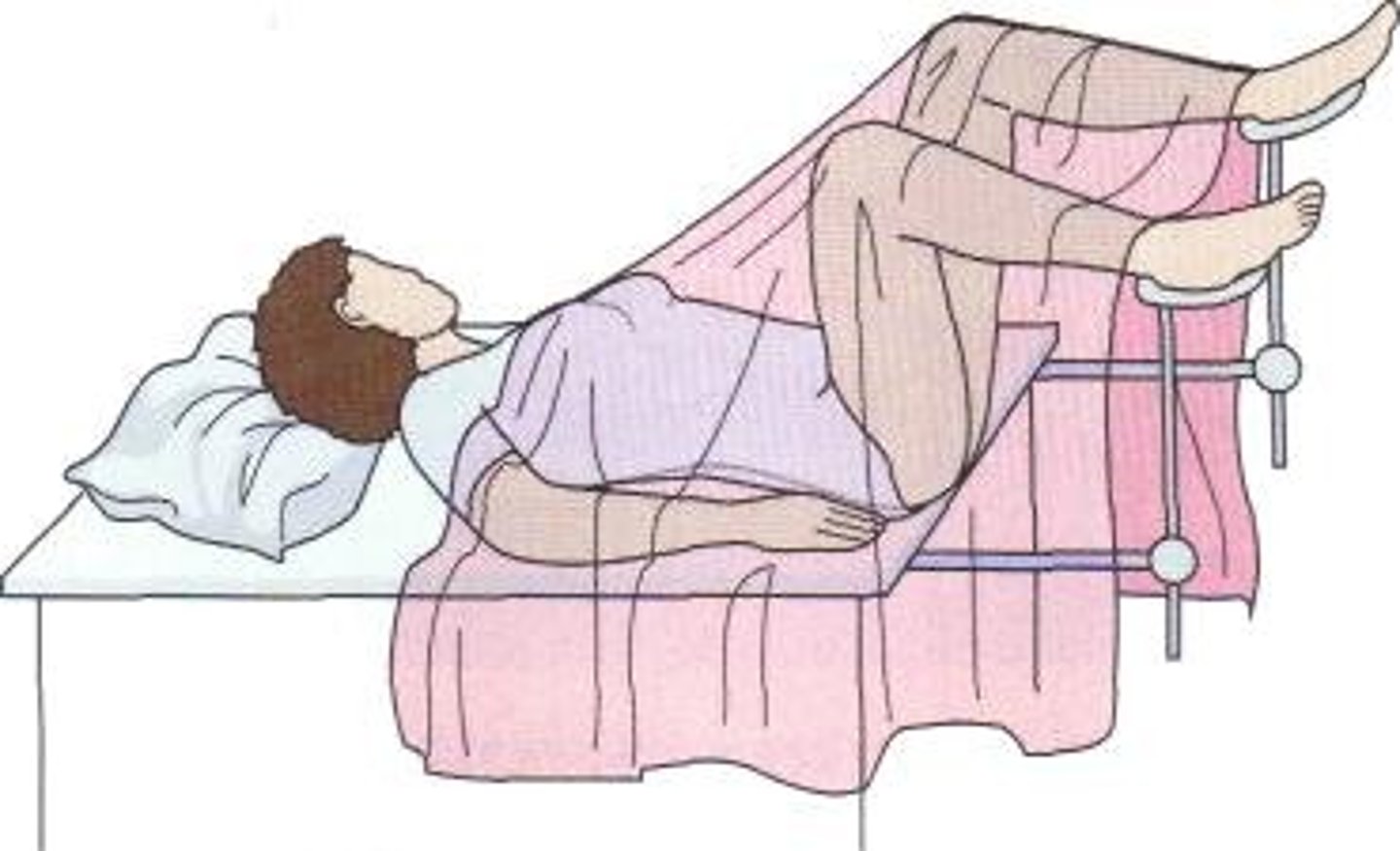
reverse trendelenburg
What position is this
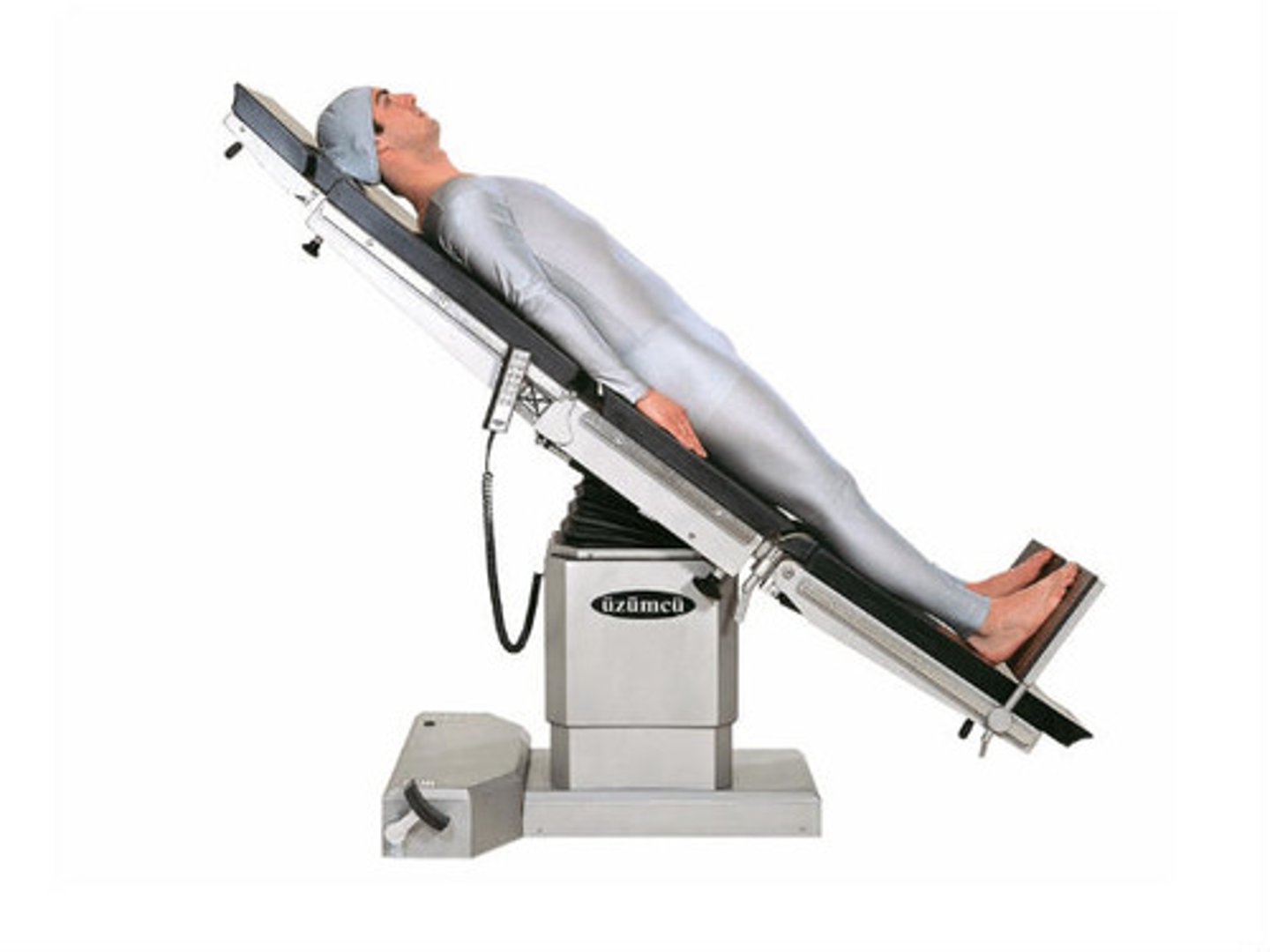
a. Staph aureus
MC pathogen in surgical site infections
a. Staph aureus
b. Strep pyogenes
c. Strep pneumo
d. H. influ
paramedian
what incision is this

midline
what incision is this
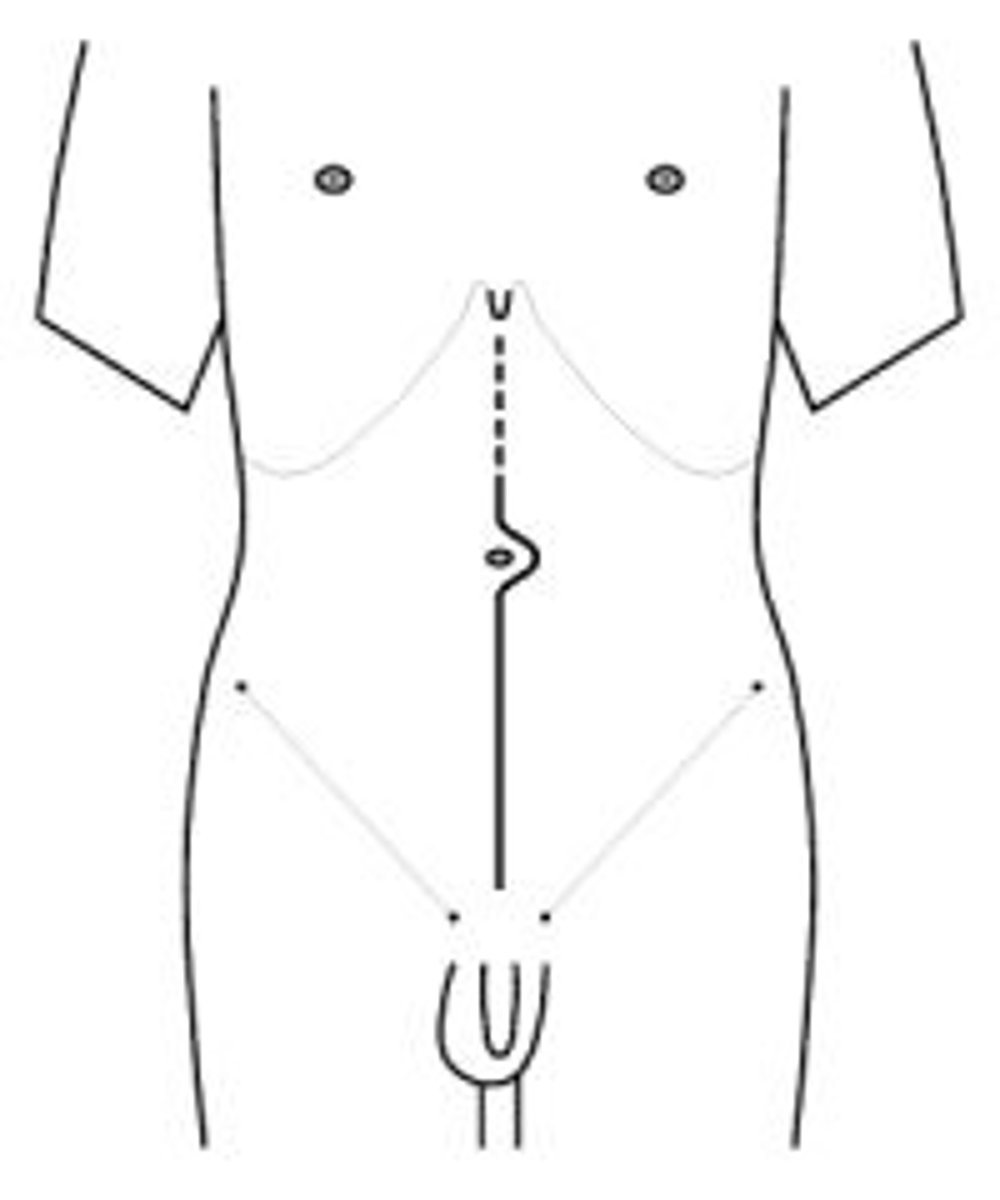
muscle splitting loin
what incision is this

lanz
what incision is this
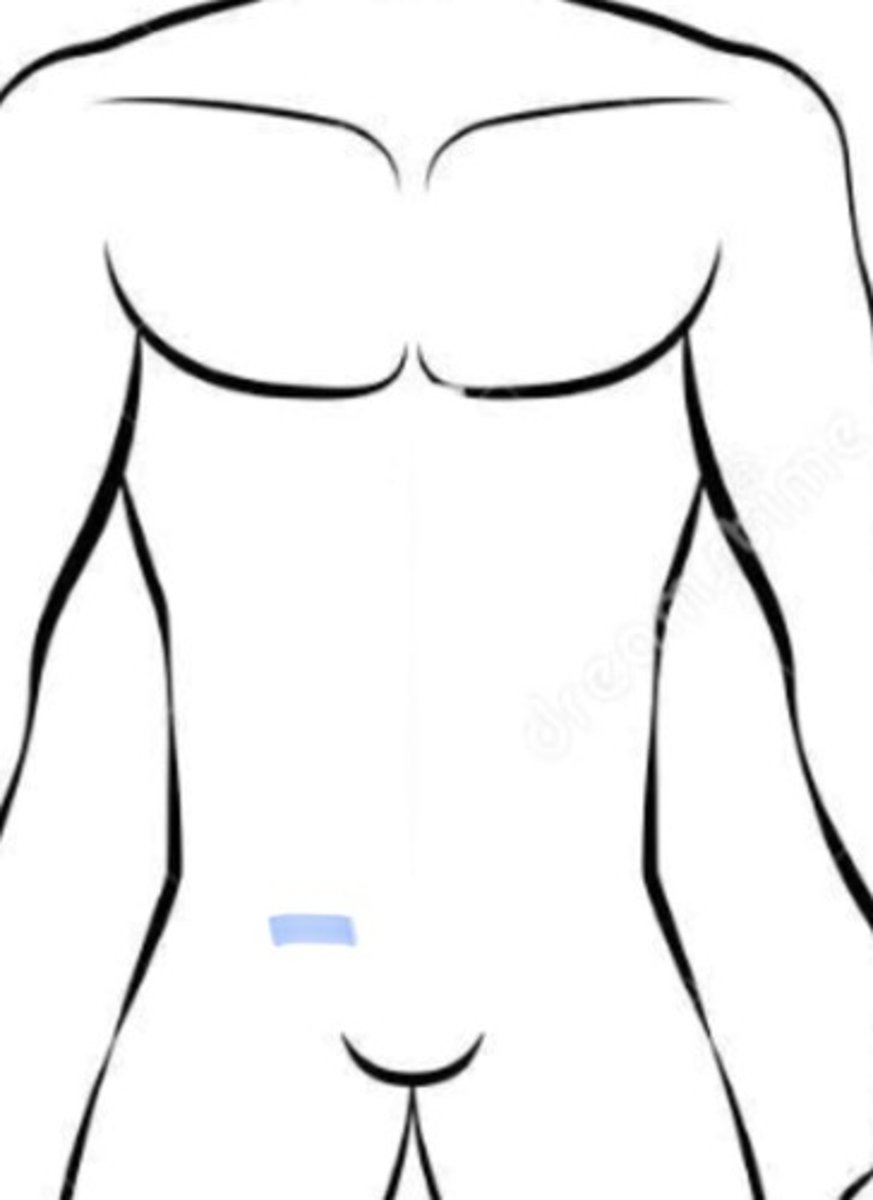
McEvedy
what incision is #10
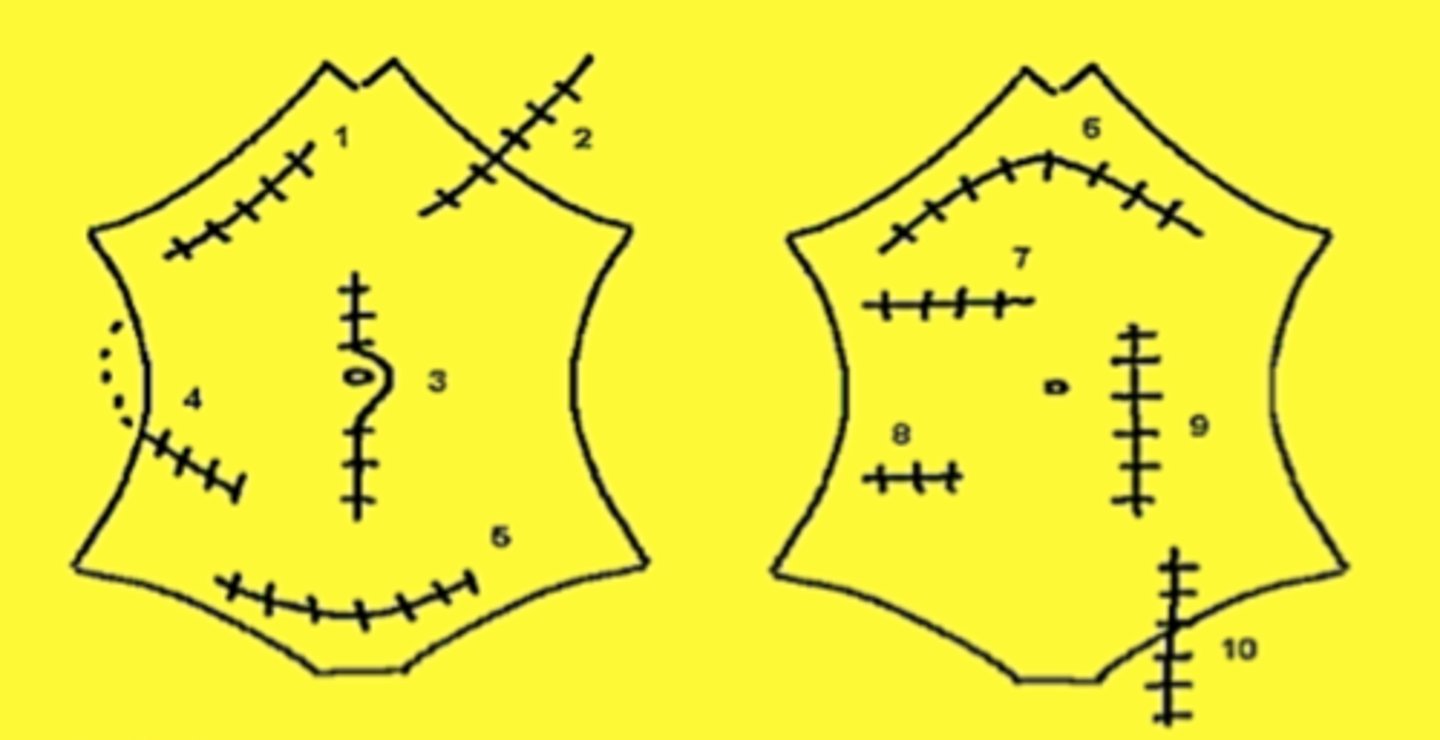
transverse muscle splitting
what incision is #7
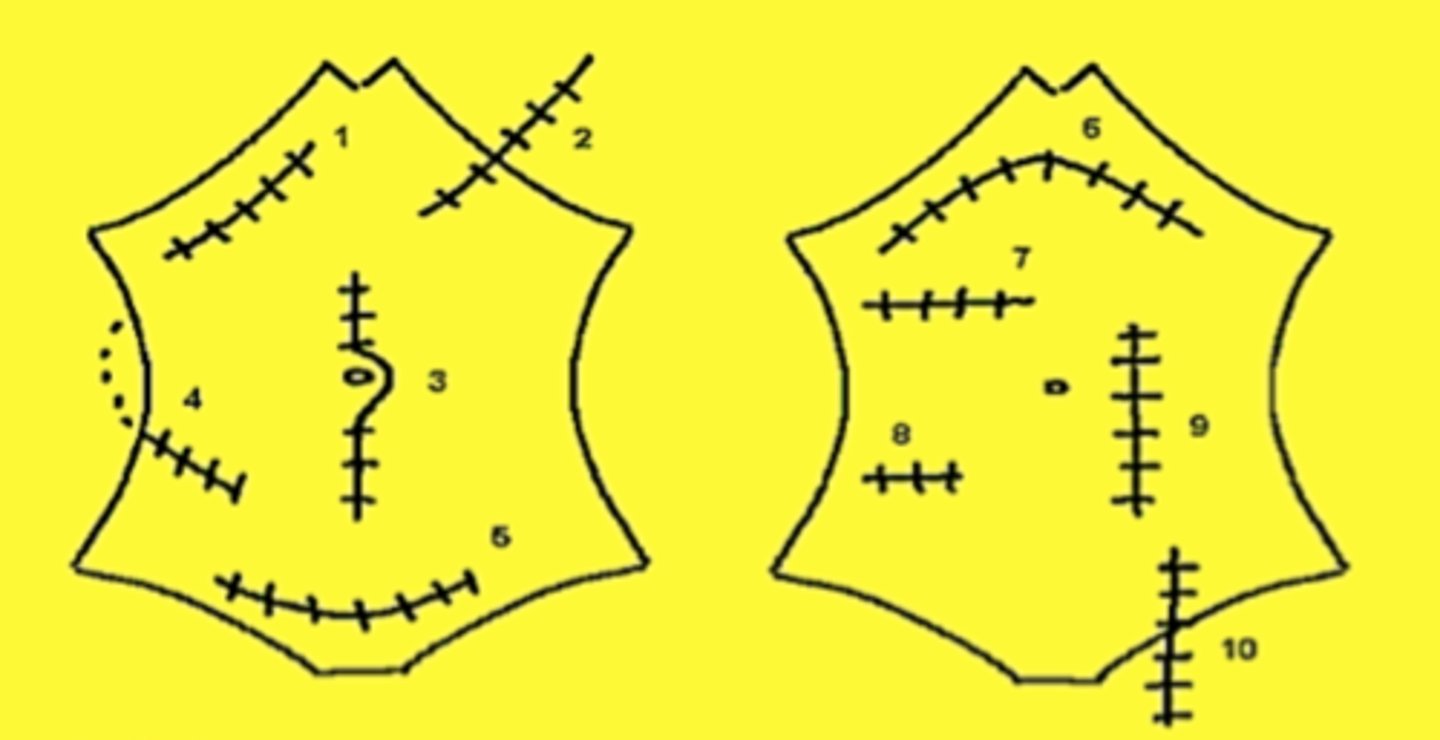
thoracoabdominal
what incision is #2
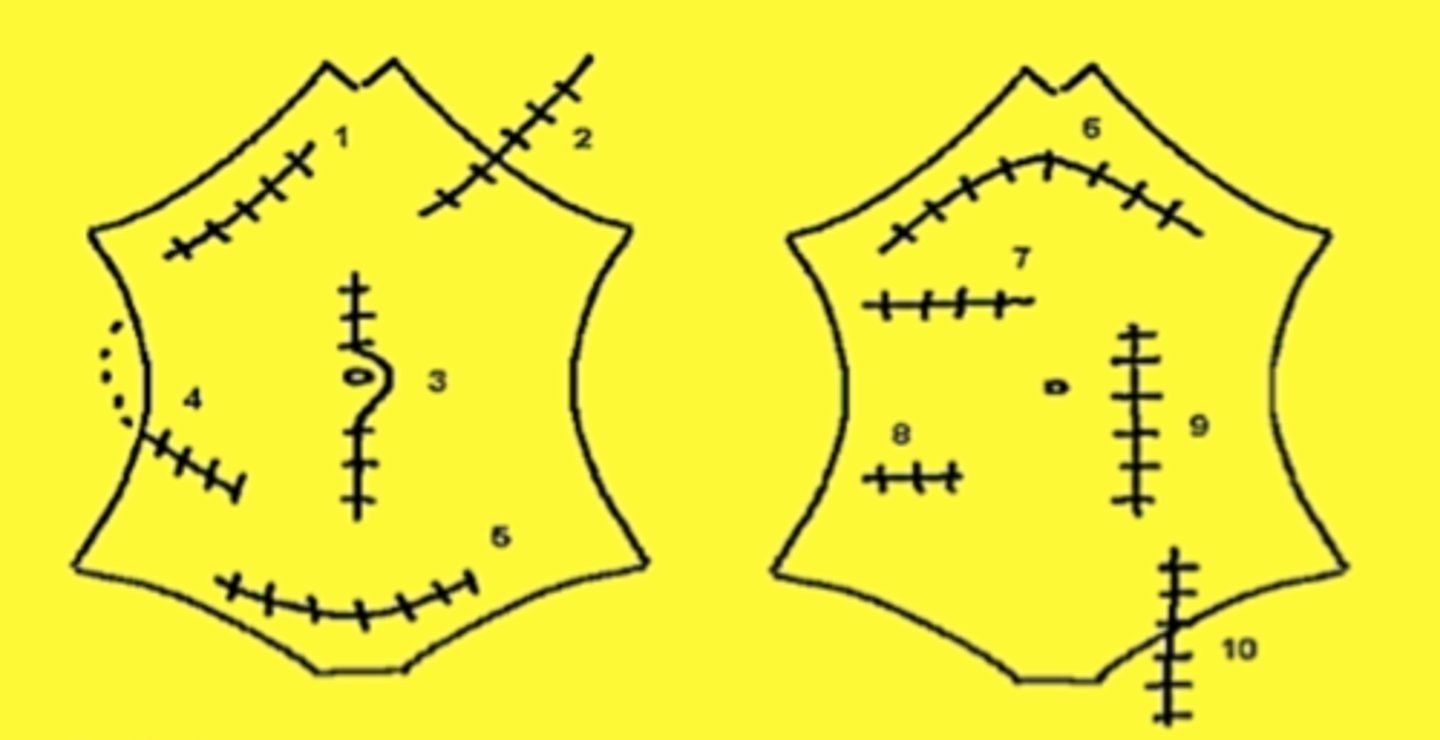
c. 6 months
Baby starts babbling
a. 3 months
b. 4 months
c. 6 months
d. 9 months
d. 9 months
Baby says mama & dada
a. 3 months
b. 4 months
c. 6 months
d. 9 months
d. 9 months
Baby sits with NO support
a. 3 months
b. 4 months
c. 6 months
d. 9 months
c. 6 months
Baby sits WITH support
a. 3 months
b. 4 months
c. 6 months
d. 9 months
b. 4 months
Baby grasps objects & brings to mouth
a. 3 months
b. 4 months
c. 6 months
d. 9 months
b. III
Breast: areolar diameter enlarges... what tanner stage?
a. II
b. III
c. IV
d. V
c. IV
Breast: secondary mound; separation of contours... what tanner stage?
a. II
b. III
c. IV
d. V
a. II
Pubic hair: sparse, long, straight... what tanner stage?
a. II
b. III
c. IV
d. V
c. IV
Pubic hair: coarse, curly, adult type... what tanner stage?
a. II
b. III
c. IV
d. V
c. Fomepizole
Ethylene glycol reversal agent
a. Atropine
b. Flumazenil
c. Fomepizole
d. Vit K